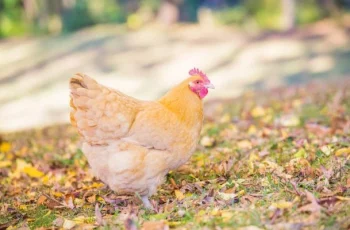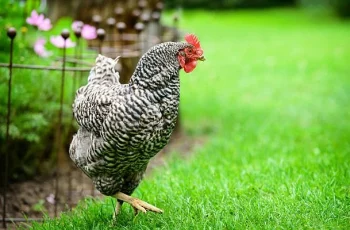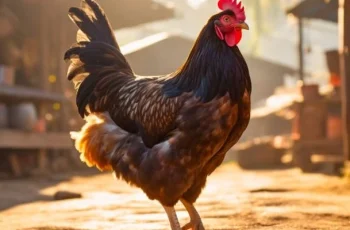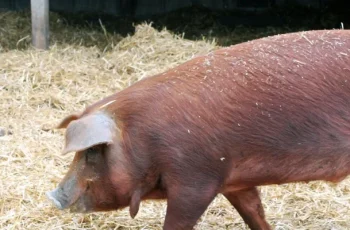Handling an aggressive rooster can be intimidating, whether you’re a novice or seasoned chicken keeper. Roosters are naturally protective, a trait that helps guard the flock but can turn into aggression toward humans, ranging from pecking to outright attacks. This behavior can disrupt your coop’s peace and pose safety risks. This guide provides practical, humane strategies to manage and modify an aggressive rooster’s behavior, ensuring a harmonious environment for you and your chickens.

Understanding Rooster Aggression: The Root Causes
Rooster aggression isn’t random—it’s driven by instincts and environment:
Dominance and Hierarchy: Roosters assert leadership within the flock and may see humans as rivals if they detect weakness.
Protection of Hens: They fiercely guard hens, especially during mating season, viewing humans as threats when near the flock.
Territorial Instincts: They defend their space, reacting aggressively to intrusions, particularly in tight quarters.
Fear and Stress: Threatened or stressed roosters (e.g., from overcrowding or change) may lash out defensively.
Poor Socialization: Limited or negative human interaction can heighten aggression.
Breed Predisposition: Some breeds, like gamefowl, are naturally more dominant.
Hormones: Young roosters may become aggressive as they mature and hormones surge. Pinpointing the cause helps tailor your approach.
Step 1: Establishing Dominance: The Human as Leader
To manage aggression, position yourself as the dominant figure:
Confidence and Calmness: Approach with steady assurance; avoid fear or sudden moves.
Eye Contact: Lock eyes to signal you’re not intimidated.
Standing Your Ground: If he charges, don’t retreat—step toward him calmly.
Verbal Cues: Use firm commands like “No!” or “Back!” consistently.
Physical Presence: Stand tall or use a stick to guide (not strike) him. Consistency is key—roosters test authority repeatedly, so reinforce your role as leader over time.
Step 2: The Flip Method: Resetting the Hierarchy
This technique can shift a rooster’s perception:
Gentle Handling: Catch him by the legs calmly, avoiding distress.
Calm Flip: Turn him onto his back gently.
Holding Position: Hold for a few seconds, maintaining eye contact and speaking firmly.
Release: Set him down carefully. Use this sparingly, with care, to avoid injury—it’s about control, not harm.
Step 3: Time-Outs: Breaking the Aggression Cycle
Isolation can interrupt aggressive patterns:
Isolation: Move him to a separate pen for 1-2 hours.
Comfortable Space: Ensure food, water, and comfort.
Monitoring: Observe his behavior upon return. This shows aggression leads to removal, giving him time to calm down.
Step 4: Adjusting the Environment: Minimizing Stress
A better environment reduces triggers:
Ample Space: Avoid overcrowding in the coop and run.
Multiple Resources: Offer extra feeders and waterers to cut competition.
Separate Roosters: House multiple roosters apart to ease tension.
Enrichment: Add dust baths or scratching zones to reduce boredom.
Secure Coop: Protect against predators to lower his stress. A calm, spacious setup helps curb aggression.
Step 5: Long-Term Training: Patience and Consistency
Behavior change is gradual:
Consistent Application: Use these methods steadily over weeks or months.
Positive Reinforcement: Reward calm behavior with treats or gentle petting.
Avoid Provocation: Steer clear of actions that trigger him.
Patience: Accept that instincts take time to adjust. If aggression persists despite effort and risks safety, rehoming may be the best option.

Conclusion: Prioritizing Safety and Harmony
Breaking an aggressive rooster combines understanding his drives with techniques like establishing dominance, the flip method (used cautiously), time-outs, environmental adjustments, and persistent training. With patience, most roosters can adapt to peaceful coexistence, creating a safe, enjoyable coop for all.



